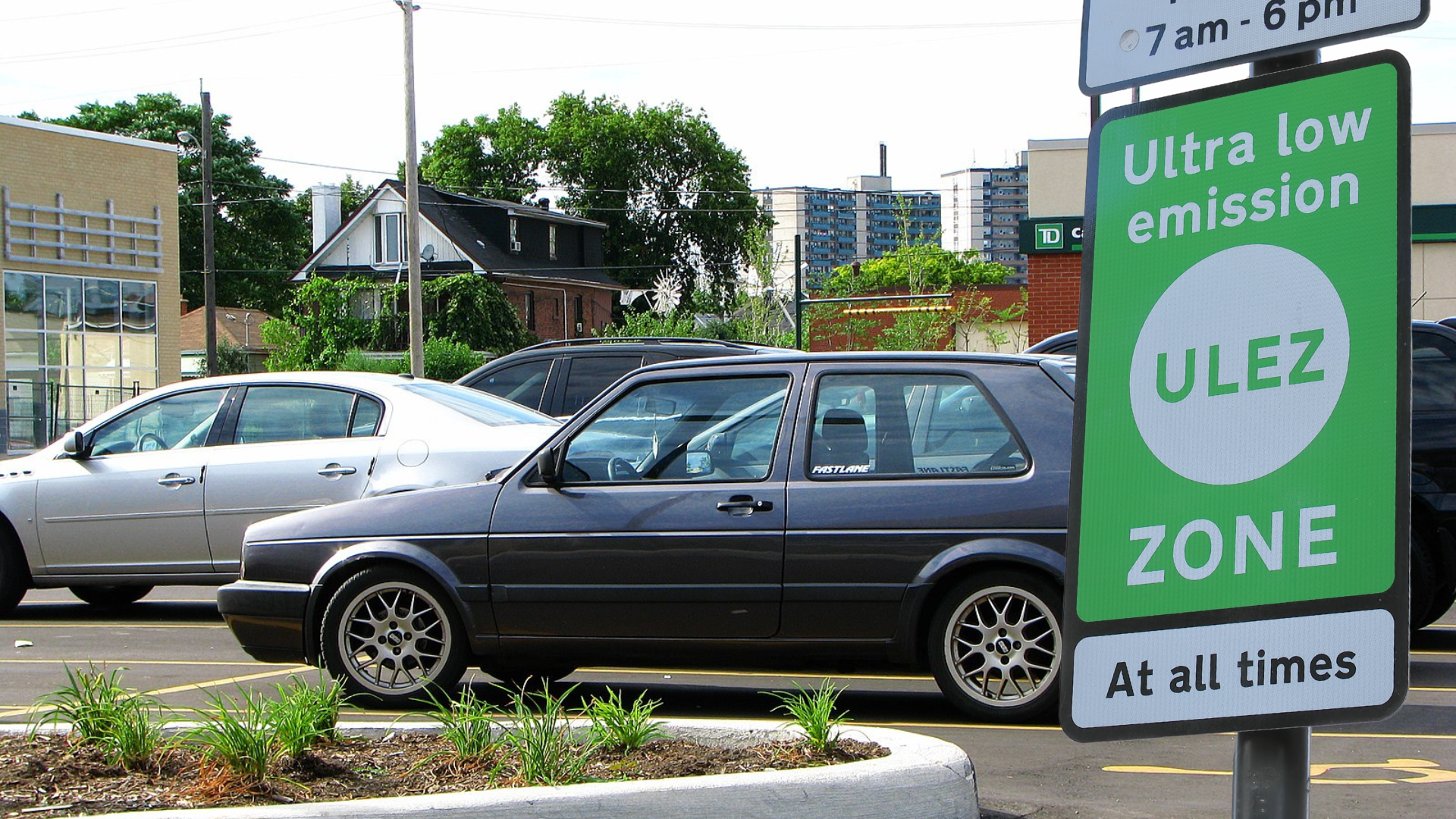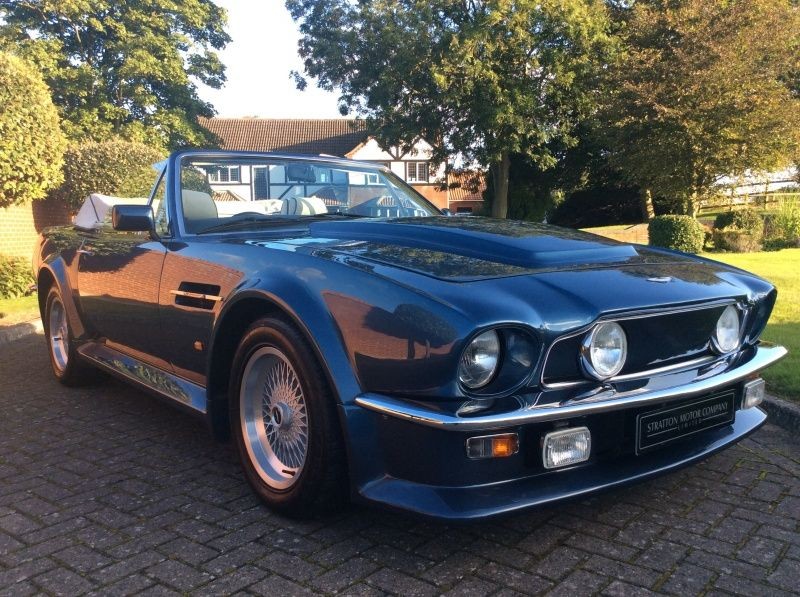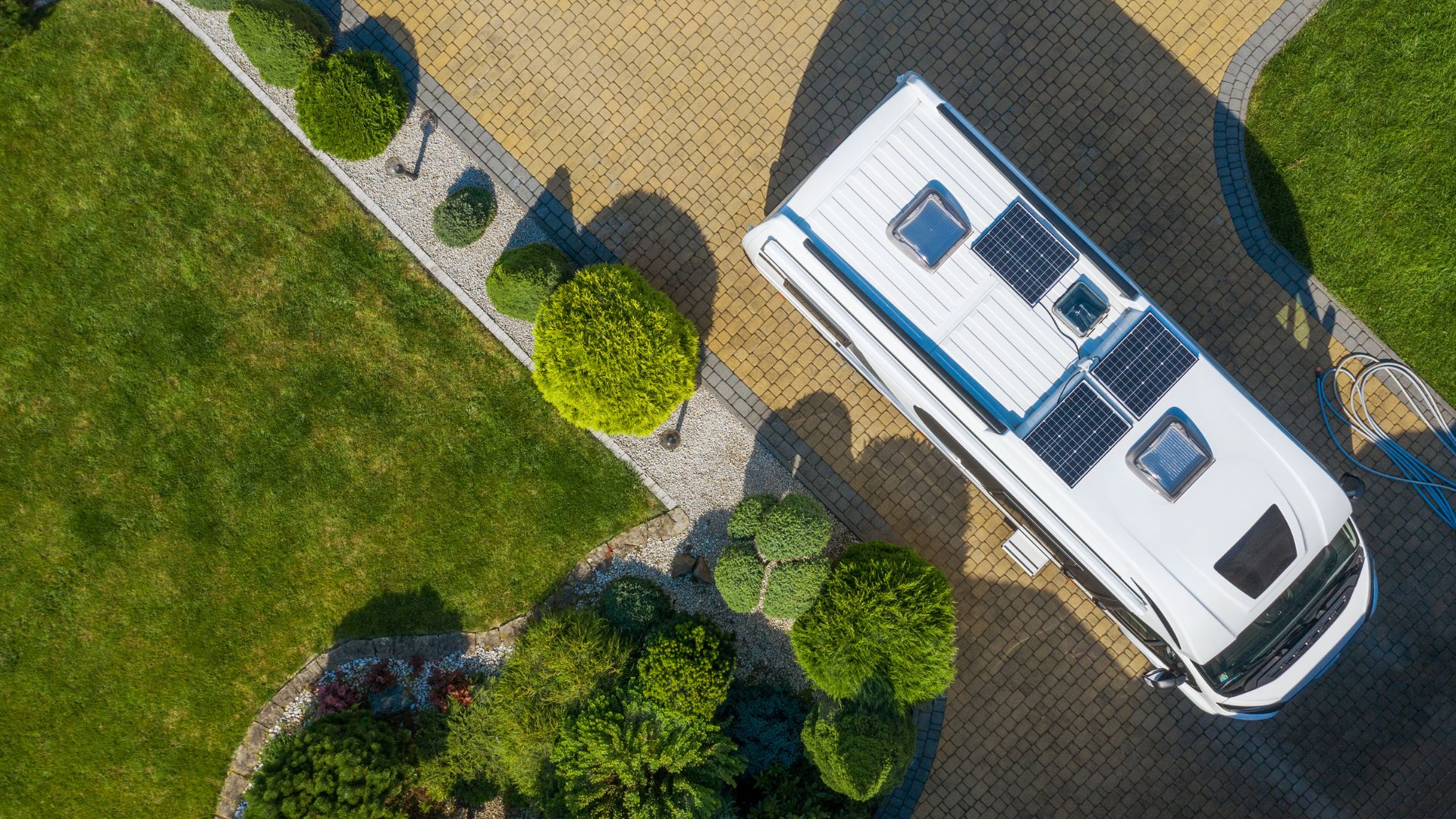3D printing technology has advanced significantly in the last few decades. You can buy an entry-level 3D printer for only a few hundred pounds. YouTubers have made 3D printing even more attractive to the general public amassing hundreds of thousands of subscribers watching them create a vast array of items.
The technology itself has been around for many years, with the first documented iterations traced back to 1980s Japan. Initially, 3D printing allowed designers to create prototypes and models far more quickly than by hand, and it was believed this would be its only purpose. However, 3D printing processes have advanced to the point where some parts are considered appropriate for production at industrial-strength levels.
In 2014, Koenigsegg, a Swedish automaker, built the Urbee. This supercar had 3D printed bodywork and windows. Later in the same year, the Strati was debuted by Local Motors. This functioning vehicle was created from entirely 3D printed plastic and carbon fibre parts, with the exception of the powertrain.
So How Does This Relate To Classic Cars?
It’s easy to get parts for the Renault Clios, and the Ford Fiestas on the road. Hundreds of suppliers are ready to deliver the component to your front door before you wake up tomorrow.
We all know that vintage car restoration can be a rewarding but equally frustrating endeavour. The availability of spare parts is a regular thorn in the side of classic car connoisseurs. Many parts are at best rare and, more frequently, wholly obsolete. 3D printing allows auto collectors to create their own pieces.
You may have seen the Car SOS TV Show, which aired on National Geographic. The hosts were unable to find a replacement console for a 1970 Ford Cortina Mark III. Unwilling to be thwarted in the restoration, they turned to 3D scanning and printing to produce the part. They borrowed a console from another car enthusiast and were able to employ Central Scanning to create a replica.
Most notably, Porsche has genuinely embraced the 3D printing process. With a cult of enthusiasts attempting to restore and build one of their classic models, their stockpile of spare parts is dwindling. Some components have been extinct for years. Specific limited production models such as the 959, 964 and 911 Speedster are on the list of cars for which about 30 previously discontinued parts are now manufactured. Of course, this is Porsche; all the parts are upheld to a very stringent quality control process. Parts are also tested to make sure they meet OEM standards.
So How Do They Do It?
3D printing can be done with various materials in several different ways. One process that Porsche uses is called selective laser melting. This allows them to create these parts on-demand and at a reasonable cost.
This process involves spreading a thin layer of steel filings inside a sealed container. Then, using CAD data previously gathered by scanning the original part, a laser melts the steel filings in the appropriate places before another layer is applied. This is repeated over and over until the final piece is produced.
Another technique frequently used for plastic components is selective laser sintering. This involves material being heated almost to the point of melting while a laser fuses the plastic powder at points predetermined by the CAD drawings.
Porsche is not the only company embracing 3D printing. More and more companies across the motor industry use these techniques to create prototypes, moulds, and functional components. Companies such as A2P2 specialise in the restoration and maintenance of historic road and race cars.
While 3D printing may not get your beloved classic car on the road immediately, especially if the new E10 fuel is causing you concern. It may, however, solve the problem of that missing cupholder or other parts you’ve been unable to replace!







Leave A Comment